After installing the Windows 11 22H2 update, the Windows Security dialog may not launch. It may show a blank page, as shown below:
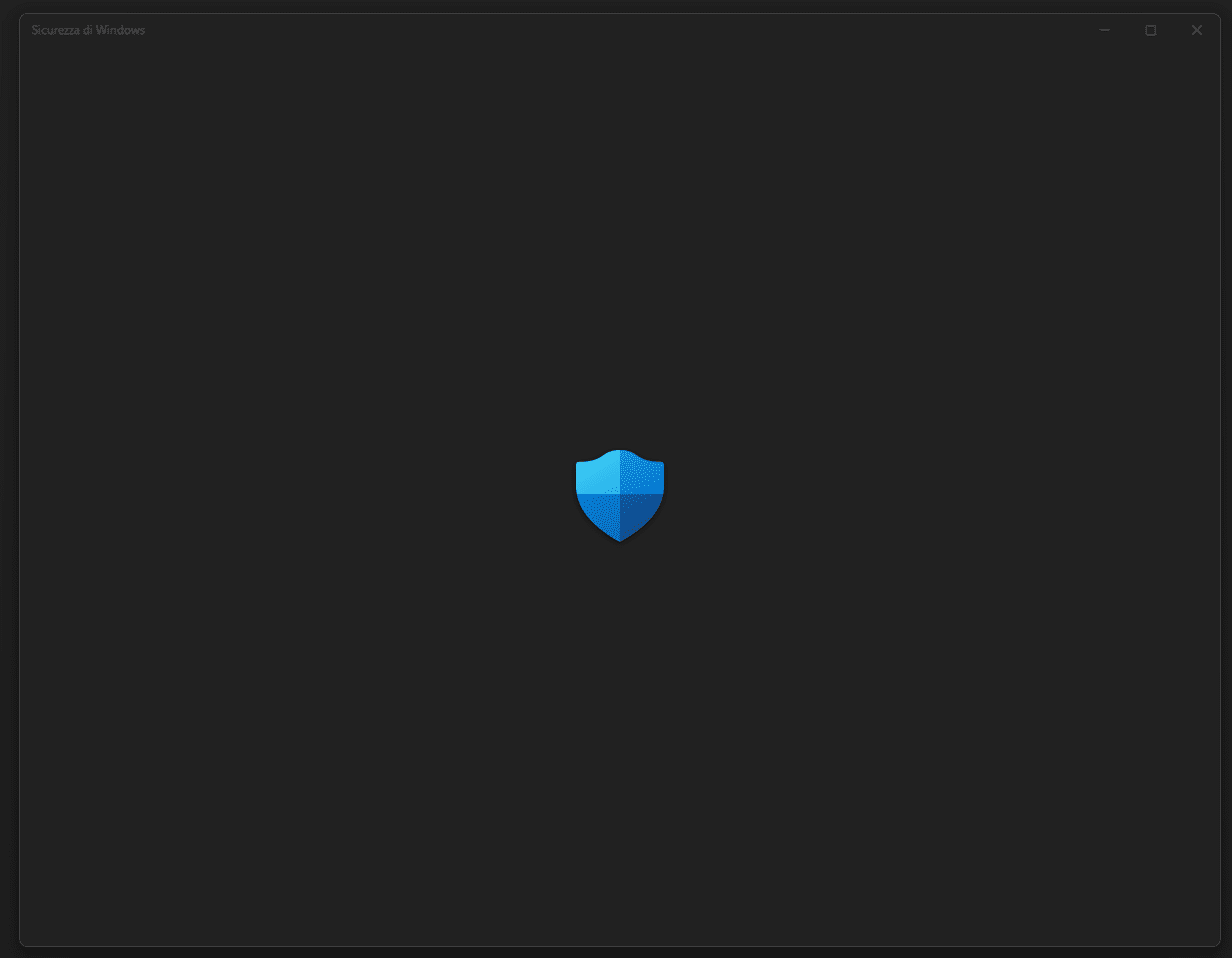
Also, when you attempt to start the Windows Security Service (“SecurityHealthService“) using the Services MMC console, the following error occurs:
The Windows Security Service service on Local Computer started and then stopped. Some services stop automatically if they are not in use by other services or programs.
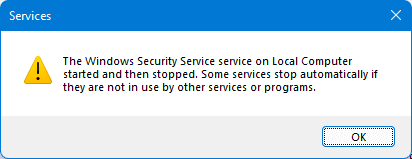
The system repeatedly tries to install the KB5007651 update “Update for Windows Security platform antimalware platform – KB5007651 (Version 1.0.2303.28002)”, as seen on the Windows Update history page.
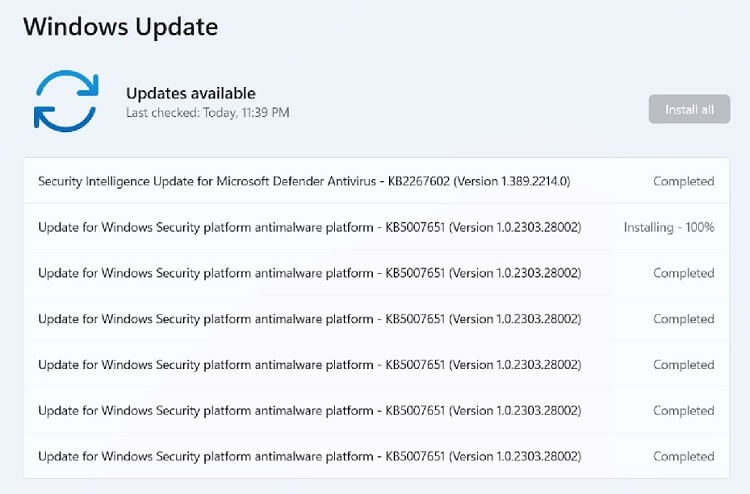
Cause
The above issues occur if the registry points to an old or non-existent path for the Security Health core files. As a result, the Security Health service tries to load outdated modules and fails to start.
Solution
To resolve the Windows Security app, Windows Security Service (“SecurityHealthService“) startup error, and the KB5007651 repeated installation problem, follow these steps:
- Download AdvancedRun from Nirsoft.net and run it.
- Launch the Registry Editor
c:\windows\regedit.exeas TrustedInstaller (using the AdvancedRun utility). - Close AdvancedRun.
- In the Registry Editor window, go to the following branch:
HKEY_LOCAL_MACHINE\SOFTWARE\Microsoft\Windows Security Health\Platform
- Inspect the path mentioned for the CoreLocation value. It should point to the latest Windows Security platform folder.
To know the latest Windows Security platform folder name, open the folder
C:\Windows\System32\SecurityHealthand note the highest version numbered subfolder — e.g.,1.0.2303.28002-0.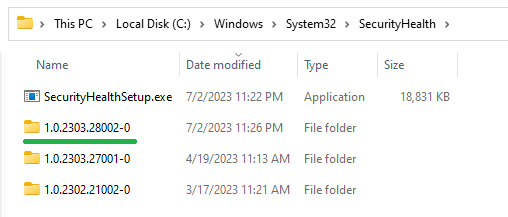
Assuming
1.0.2303.28002-0is the latest version installed, set the value data for CoreLocation as follows:\\?\C:\Windows\System32\SecurityHealth\1.0.2303.28002-0
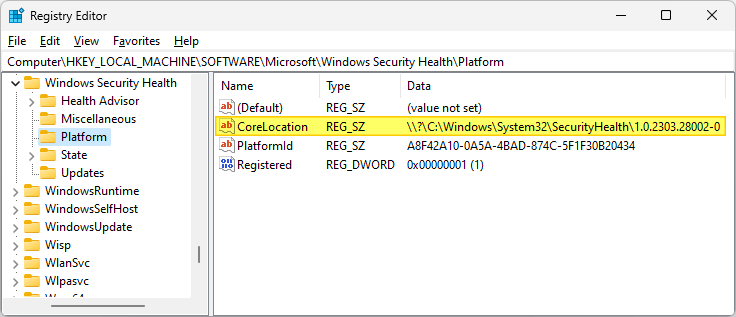
- Exit the Registry Editor.
- Restart the computer. Important: Shutdown and then powering on will not help. You must use the “Restart” option.
Note that the above fix is especially applicable for Windows 11 systems that have been upgraded to version 22H2.
One small request: If you liked this post, please share this?
One "tiny" share from you would seriously help a lot with the growth of this blog. Some great suggestions:- Pin it!
- Share it to your favorite blog + Facebook, Reddit
- Tweet it!
It’s already set at the latest version.
I can’t get into Windows security after a reset (Windows 11). Was fine before.